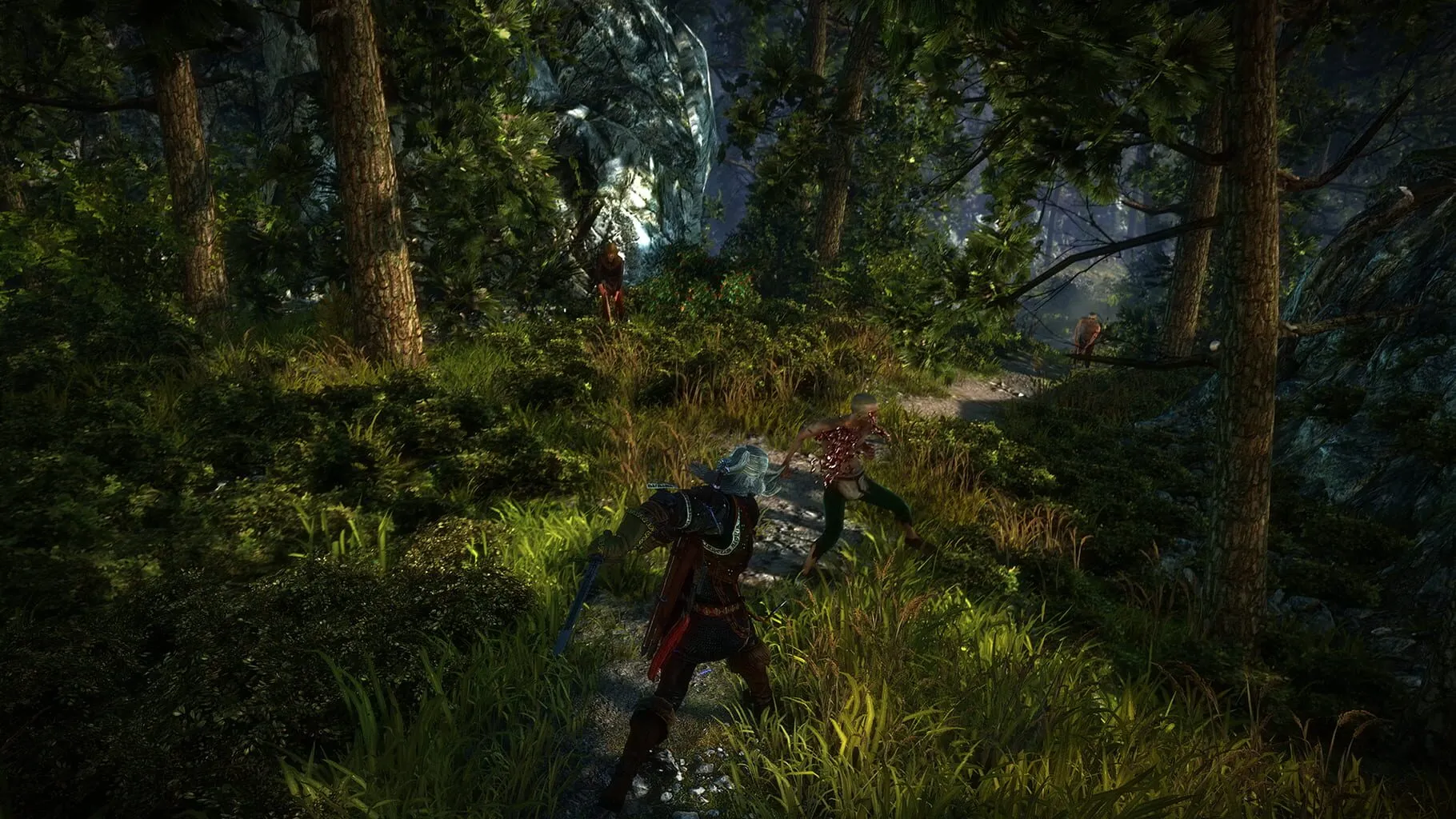Delving into the gritty, monster-infested world of “The Witcher 2: Assassins of Kings,” aficionados and newcomers alike swiftly grasp the paramount significance of gear, particularly armor. Geralt of Rivia’s journey is fraught with peril, making the mastery of armor not merely a recommendation but a necessity for survival. Our comprehensive guide is poised to elucidate the complexities of armor in “The Witcher 2,” transforming novice witchers into adept warriors, prepared to confront any adversary with confidence.
Types of Armor
In the realm of “The Witcher 2,” armor is not a one-size-fits-all affair. Understanding the nuanced types of armor available is crucial for tailoring Geralt’s defense to the challenges at hand.
Light Armor: Favoured by Witchers who rely on agility and speed. Light armor provides moderate protection, allowing for swift, evasive maneuvers without the burden of weight. Perfect for those who favor the dance of death, twirling between foes with lethal grace.
Medium Armor: Strikes a balance between defense and mobility. Medium armor offers a commendable level of protection while maintaining a degree of flexibility that allows for a dynamic combat style. Ideal for those who prefer a jack-of-all-trades approach.
Heavy Armor: The pinnacle of defense. Heavy armor is designed to absorb and deflect blows, transforming Geralt into a veritable fortress. Though its weight impairs mobility, the trade-off is a significantly enhanced ability to withstand punishment. Recommended for witchers who like to stand their ground, shrugging off attacks while dealing devastating counterblows.
Armor Stats
Understanding the stats that armor brings to the table is akin to knowing the spells in a sorcerer’s grimoire. Here’s what to keep an eye out for:
Armor Rating: The bread and butter of any armor piece. This stat reflects the physical protection it provides, reducing damage from weapons and certain monster attacks.
Resistance to Magic: The Continent is awash with mages and creatures of the abyss wielding arcane forces. This stat mitigates the damage from magical attacks, an invaluable asset against such threats.
Bleeding Resistance: Some enemies, especially those with sharp claws or serrated blades, can cause bleeding, a condition that steadily chips away at Geralt’s health. Armor with high bleeding resistance reduces or negates this effect.
Poison Resistance: A number of adversaries resort to venom, either through bites, stings, or coated weapons. Equip armor with poison resistance to stave off the debilitating effects of toxins.
Incineration Resistance: Certain foes and environments pose a risk of setting Geralt ablaze. Armor with high incineration resistance lowers the chance of catching fire, or at least minimizes the damage should you start to smolder.
Armor Locations
”Knowledge is as much a weapon as the sword or ax,” the wise would say. Knowing where to find the most formidable armors is critical. A few key locations include:
Crafting: Blacksmiths and armorers across the lands can forge exceptional armor, provided you have the necessary diagrams and materials. Don’t overlook this method—crafted armor often surpasses what can be found or looted.
Quest Rewards: Several pivotal quests offer armor as a reward. These pieces are uniquely tailored to the narrative, embodying both form and function.
Hidden Treasures: The vast expanses of the world are littered with hidden caches and secret chambers. Diligent explorers can uncover powerful armor sets concealed away from unworthy eyes.
Purchasing: While not the most glamorous means of acquisition, merchants do occasionally stock rare and powerful armor. Saving one’s orens can, at times, lead to the fortuitous procurement of exceptional gear.
Armor Maintenance
Even the mightiest armor can falter if neglected. Maintenance is paramount, ensuring your defenses remain robust and ready for whatever the path might throw your way.
Repair Kits: Keep a few of these handy tools in your inventory. A swift field repair can mean the difference between victory and defeat, especially when away from civilization.
Armorers: These craftsmen can not only forge new armor but also restore your battle-worn gear to pristine condition. Regular visits will keep your armor in top shape.
Enhancements: Runes, oils, and upgrades can significantly boost your armor’s stats. These modifications not only tailor your defense to your combat style but can also complement your offensive strategies.
Armor Strategy
Equipping armor in “The Witcher 2” is not merely a matter of donning the piece with the highest stats. Tactical consideration of your playstyle and the challenges ahead can significantly impact your effectiveness in combat.
Adaptation: Switch your armor based on the situation. Facing a band of sorcerers? Magic resistant gear could turn the tide. Venturing into a nest of venomous creatures? Poison resistance becomes paramount.
Synergy: Consider how your armor complements your abilities and vice versa. A Witcher relying on quick, lethal strikes might find greater synergy with light armor, enhancing their natural agility and speed.
Preparation: Anticipate the challenges of your journey. Knowing the predominant threats in a region allows you to gear up accordingly, avoiding unpleasant surprises.
”The Witcher 2: Assassins of Kings” is a testament to the depth and complexity an RPG can offer. Armor, in its varied forms and functions, plays a pivotal role in navigating the perils Geralt faces. This guide serves as a beacon for those seeking to master the art of armor, ensuring that your journey through the treacherous landscapes of the Northern Kingdoms is both triumphant and legendary. Gird your loins, sharpen your blades, and may your armor remain steadfast.

